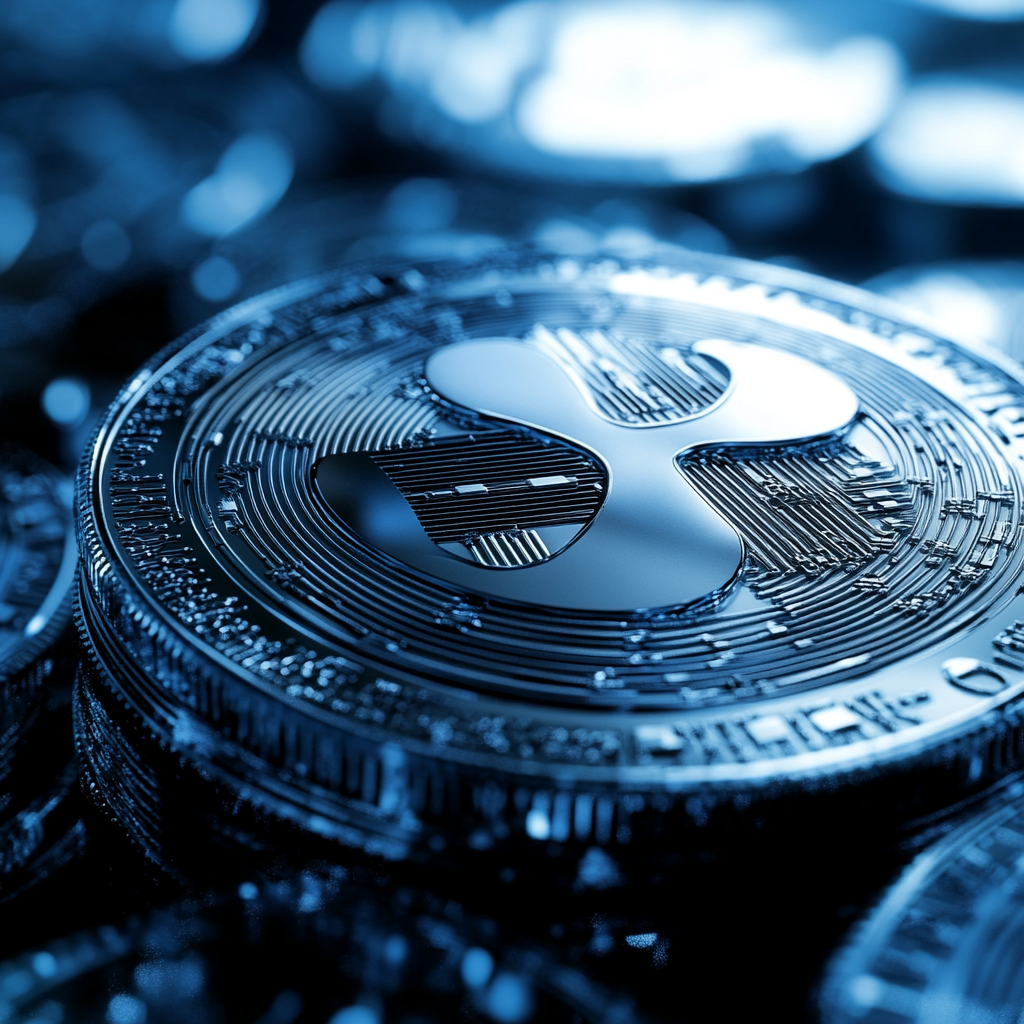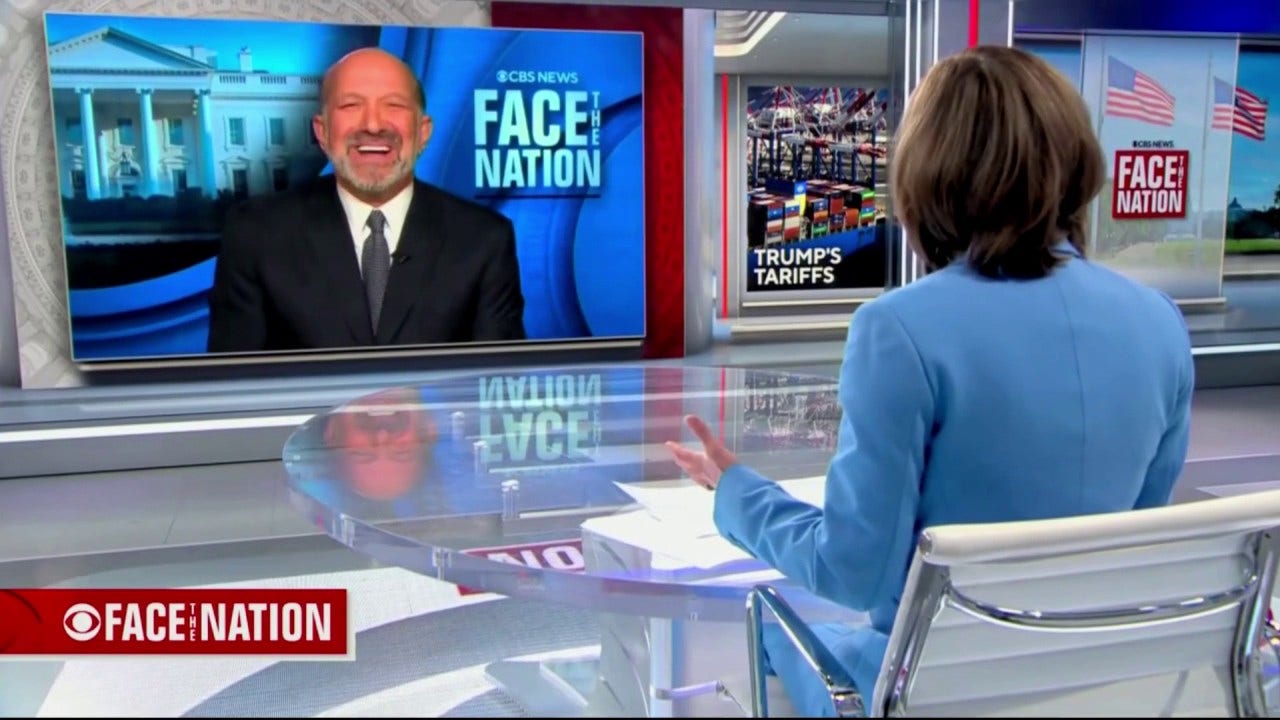From credit cards to mortgages, credit is a cornerstone of many people’s personal finances. It can open the door to long-term life goals, such as homeownership, but can also serve as an emergency source of funding when times are tough.
In the past 12 months, many Americans have used credit cards or buy now, pay later (BNPL) services to pay for the things they need. In some cases, they relied on credit because they didn’t have the money to pay for these necessities outright, according to a new NerdWallet survey conducted online by The Harris Poll. And while the survey of more than 2,000 adults found that 33% of Americans feel better about their ability to manage their debt now compared with 12 months ago, many anticipate having to lean on credit to pay for necessities in the coming year.
“How we use credit says a lot about our overall household financial health,” says NerdWallet credit cards expert Sara Rathner. “At one end of the spectrum, someone could be paying off their credit card balances each month and racking up rewards points to use on a vacation. At the other is someone signing up to buy now and pay later on their weekly groceries. Access to credit is useful in both of these scenarios, though the costs and benefits of these types of credit can vary dramatically.”
Key Findings
-
Traditional and new credit types used by many in the past year. In the past 12 months, credit cards were among the most commonly used type of credit that we asked about in the survey, but 25% of Americans used buy now, pay later (BNPL), and 10% used a cash advance app.
-
Many Americans use credit cards for necessities such as groceries or bills. Though one-third (33%) of Americans used a credit card to pay for necessities in the past 12 months to accumulate rewards or cash back, 16% used cards for necessities during this period because they didn’t have the money to pay for these expenses outright. Further, 12% anticipate using their credit card for such expenses in the coming 12 months because they won’t have the money to cover them outright.
-
Some Americans carry a credit card balance from month to month, potentially due to a common misconception. More than one-quarter (27%) of Americans generally carry a balance on at least one credit card from month to month, according to the survey. But just 40% of Americans recognize leaving a balance on your card is not better for your credit score than paying it off.
-
Americans will continue to use BNPL for “needs” in coming year. During the past 12 months, 8% of Americans had to use BNPL to pay for necessities, and 8% anticipate having to use the service for those things in the coming 12 months.
-
Many Americans pay late fees as delinquent accounts are on the rise. Well over one-third (37%) of Americans have been charged a late fee in the past 12 months, according to the survey. And in the first quarter of 2024, 3.6% of total debt balances moved into delinquency, according to the New York Federal Reserve.
Use of credit
Over the past year, Americans have taken out billions of dollars in debt across personal loans, credit cards, mortgages, auto loans and other forms of credit. Use of credit is ubiquitous. Just 19% of Americans say they didn’t use any of the eight credit types we detailed in our survey within the past 12 months.
In addition to traditional loans and credit cards, many made use of more innovative credit types: One-fourth (25%) of Americans used buy now, pay later services, and 10% used a cash advance app within the past 12 months, for example.
With this credit use, overall debt balances have climbed to $17.7 trillion in the first quarter of 2024, according to the New York Fed. But prices and wages have risen recently, too. Adjusting these current debt balances for inflation, or the true buying power, indicates despite the massive total, the growth in debt may not be as alarming as it initially appears, at 0.5% over the past year.
High interest rates could also be contributing to higher debt levels. The Federal Reserve began increasing rates to tamp down inflation in March 2022, and credit types across the economy — from credit cards to mortgages — have been impacted. These rising rates make debt more expensive, and some borrowers are sensitive to these changes: Roughly one-tenth (11%) of Americans say they postponed or opted against taking out new credit they otherwise would in the past 12 months due to high interest rates, according to the survey.
Credit use tip: If you’re purchasing the same things with credit that you were before prices went up, you’re using more credit now because those same goods and services cost more. Staying cognizant of your overall credit usage can help ensure you’re not taking on an unreasonable amount of debt, even in light of recent inflation. A good rule of thumb is to keep debt payments under 36% of your income; a debt-to-income calculator can help you track this.
For rewards or out of necessity: Using credit cards for “needs”
People use credit for various reasons. When it comes to credit cards, some people maximize their credit use to reap points and rewards, using their cards for everything they can, including necessities. But that’s not the only reason people use their cards for “needs.”
One-third (33%) of Americans used a credit card to pay for necessities in the past 12 months in order to accumulate rewards points or cash back, according to the survey. But 16% of Americans used a credit card for necessities during that time because they didn’t have the money to pay for those costs outright. Further, 12% anticipate having to use cards for necessities in the coming 12 months because they won’t have the money to cover the costs outright.
No matter the use, most credit cards charge interest on balances, and paying off those balances entirely may be difficult in times where cardholders are turning to their cards for things like groceries and bills. More than one-quarter (27%) of Americans generally carry a balance on at least one credit card from month to month, according to the survey.
Credit use tip: Carrying a credit card balance from month to month is likely doing you no favors. It certainly doesn’t help your credit scores, despite the common misconception that it does — just 40% of Americans know leaving a small balance on your card is not better for your score than paying it off, according to the survey. And leaving a balance comes at a literal cost in the form of interest.
“If you’re accustomed to carrying a credit card balance, getting those balances to zero can feel like a tall order,” Rathner says. “There are several debt payoff strategies that may be right for you. Making the minimum required payment each month can lock you in debt for years, so try to pay more than the minimum whenever you can. A balance transfer credit card or debt consolidation loan can reduce how much you’re paying in interest. If you’re in over your head, however, you may want to consider debt relief options, such as working with a debt management nonprofit.”
BNPL most common among younger generations and parents
Buy now, pay later services are relative newcomers to the credit scene, and their popularity is unmistakable. These services allow people to enter payment agreements at the point of sale, generally without the credit requirements of a credit card or traditional loan, and most often without interest.
One-fourth (25%) of Americans used BNPL in the past 12 months, according to the survey, with younger generations and parents among the groups more likely to make use of the service. Well over one-third (37%) of parents of minor children have used BNPL in the past 12 months, compared with 20% of nonparents of minors. And 40% of Gen Z (ages 18-27) and 36% of millennials (ages 28-43) have used BNPL during that time, compared with just 20% of Gen X (ages 44-59) and 12% of baby boomers (ages 60-78).
In the past 12 months, 8% of Americans had to use BNPL to pay for necessities. Unlike credit cards, which may offer cash back or rewards, buy now, pay later services tend not to come with such benefits.
If using BNPL for necessities is a sign of financial hardship, many Americans don’t see that hardship subsiding. An equal share (8%) anticipate having to use BNPL for necessities in the coming 12 months, according to the survey.
“Because buy now, pay later services don’t require a credit check, the barrier to entry is low,” Rathner says. “This convenience can work against you, however, if you’re taking on more debt than you can realistically pay off.”
Credit tip: If you rely on BNPL because your credit prevents you from getting a traditional credit card, you could consider getting a secured card. Because these cards require that you put down a refundable security deposit upfront, which becomes your credit limit, they can be easier to get and prevent you from amassing unmanageable debt. However, if you’re struggling to cover the costs of necessities, the required deposit makes this a goal to work toward, perhaps seeding the card after a windfall such as a tax refund or gift. Ultimately, secured cards can help build credit, which can assist you in eventually gaining access to traditional cards, including those that offer rewards and cash back.
Delinquencies on the rise
Whether you’re using credit to achieve financial goals or handle financial emergencies and hardship, the ability to make payments on that debt is crucial to long-term stability. Well over one-third (37%) of Americans have been charged a late fee in the past 12 months, and they’ve been charged these penalties on everything from credit cards (21% of Americans) to utility bills (10%) and rent (8%).
Parents of minor children are more likely (61%) to have paid a late fee over the past 12 months than nonparents of minors (28%). And younger generations are more likely to have paid such fees: 58% of Gen Z, and 57% of millennials, compared with just 32% of Gen X and 13% of baby boomers.
Indeed, the share of newly delinquent accounts has climbed across most debt types in the past few years, according to data from the New York Fed. About 3.9% of total debt balances moved into delinquency in the first quarter of this year, down from the prepandemic rate of 4.7%, but up considerably from the most recent low: 1.9% in the third quarter of 2021.
Despite rising debt and relatively common late fees, 33% of Americans feel better about their ability to manage their debt now than they did 12 months ago, compared with 19% who feel worse.
Credit tip: When it becomes apparent you’ll be late on a debt payment, reach out to your creditor sooner rather than later. Depending on the circumstances of your hardship, it may be willing to adjust your payment due date or even place your loan on a forbearance plan. Being proactive could buy you some time and keep your account out of delinquency.
Feeling optimistic: Access to credit
Being approved for credit, whether it’s a mortgage or a credit card, can open doors to economic mobility. The ability to access credit can depend on factors including the applicant’s credit history and income, but also banks’ willingness to lend.
In the past 12 months, 11% of Americans were denied a new credit card, 8% were denied a personal loan, 4% were denied an auto loan and 3% were denied a mortgage, according to the survey.
But some may anticipate those tides changing. Three in 10 (30%) of Americans feel better about their ability to qualify for credit now versus 12 months ago. That’s compared with 19% who feel worse.
Those feeling better may be onto something: According to newly released data from the Federal Reserve, a smaller share of banks are tightening their lending standards across credit cards, auto loans and other loan types.
In another sign of potential optimism, 33% of Americans who were denied a personal loan in the past 12 months plan on taking one out in the next 12 months, and 24% of Americans denied a credit card during the past 12 months plan on taking out a new card in the coming year. This intention after a denial could indicate applicants feel better about their chances of approval.
Credit tip: While at least some of the decision to approve credit rests with a bank’s willingness to loan, much of it lies with your creditworthiness. You can help ensure your application has a better chance of success by practicing good credit hygiene. Making debt payments on time, using as little of your credit limit as possible and being thoughtful about how often you apply for credit can help strengthen your credit application.




















Discussion about this post